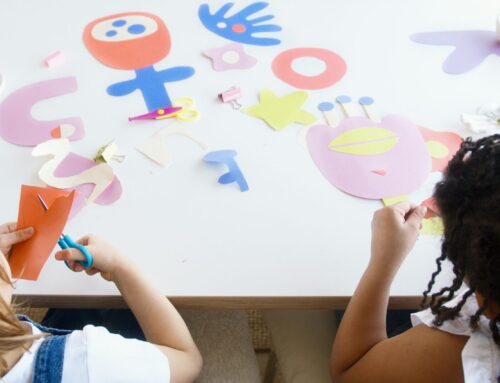By Jo Fletcher
In loco parentis is Latin for ‘in place of a parent’ which refers to the legal responsibility of a person or organisation taking on some of the functions and responsibilities of a parent. In a Kindergarten or child care setting, and in a practical sense – In loco parentis means a set of heavily regulated laws, policies, procedures, and actions.
Sometimes, the heavy burden of all these rules, coupled with the fear of doing the wrong thing, gets in the way of what is actually best for children. We are taught that interaction and engagement is key, and the culture that comes from that tells us that simple supervision is not enough.
We know more about child development and ‘Play’ as a concept than we ever have before. We know that play is biological, psychological and is a social necessity and as such critical to the wellbeing and development of children.
The adult role in children’s play should be to provide children with all the opportunities and experiences possible – and to step away. In respecting the children’s agency and choice, we allow them to explore, problem solve, make mistakes, test their own boundaries, and learn from the successes and the mistakes they make along the way that help them adapt, build life skills and develop resilience.
As adults we need to consider risks and benefits in these opportunities, and understand the differences between supervision and intervention. Reflect on the time you spend with a child or a group of children.
Are you the type of adult who inserts themselves into the children’s play scenarios?
Or are you the type of adult who provides the materials and opportunities and lets the children play?
Allowing children the space and time to play allows them to follow their own ideas and interests, to get lost in their world and be absorbed in their own learning. This is where learning moments happen. When children connect to other children, the act of ‘doing’ is the learning experience. When children. Through play children learn much more than adults could ever teach them formally.
Being present while children play in a child care setting will be different depending on the context – the age of the children, the number of children, the enrolments they have access to, and the adult’s level of connection with each and every child and their abilities, will all determine how much or how little intervention is needed regarding their role in children’s play.
6 Tips in allowing children to play with adult interruption
- Understand your children are competent and they need to encounter and create uncertainty and challenges during play to learn. Respect the benefit of challenges and considered risk in play.
- Adults need to protect children play spaces from dangerous risks so children can learn extend on their own play safely.
- Adults need to make sure the spaces are inclusive – so all children have the opportunity to participate.
- Adults are not required in children’s play – but sometimes we do need to intervene. Know the difference between being present and being intrusive.
- In understanding and knowing the children you will know when to step in and support and when to step back and let children do what they do best – be children.
- Step away from adult led agendas and let children have ownership in determining and controlling the intentions of their play, for their own reasons.






